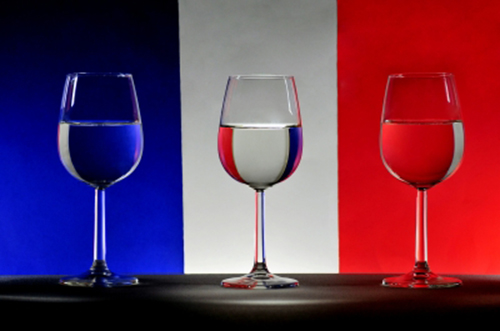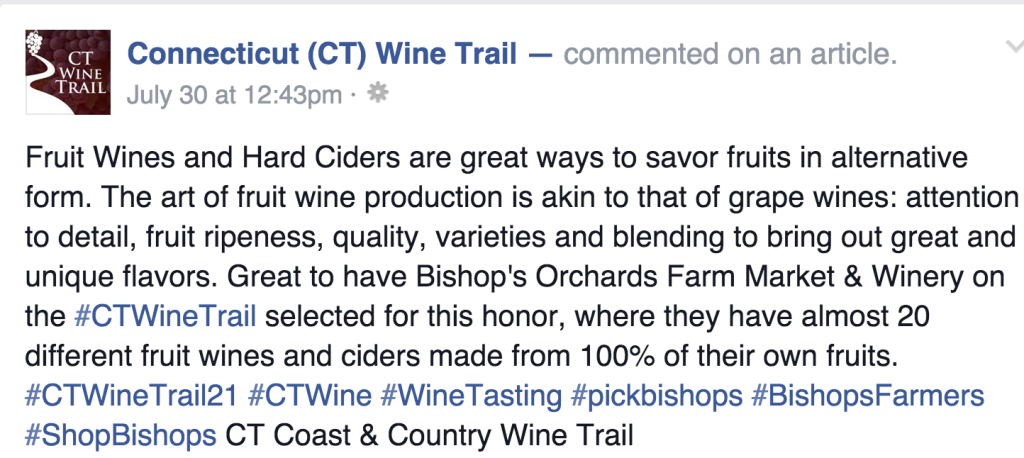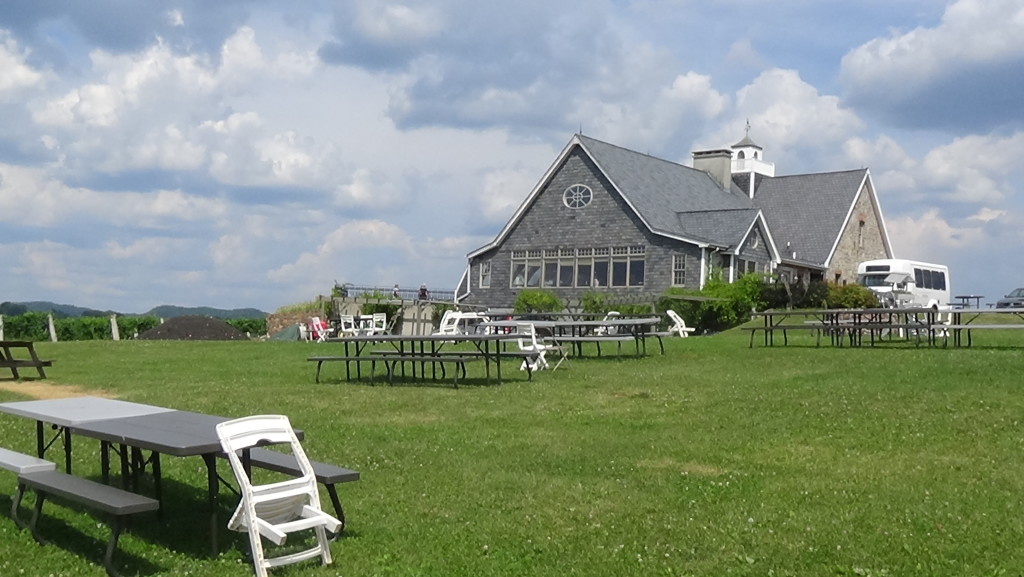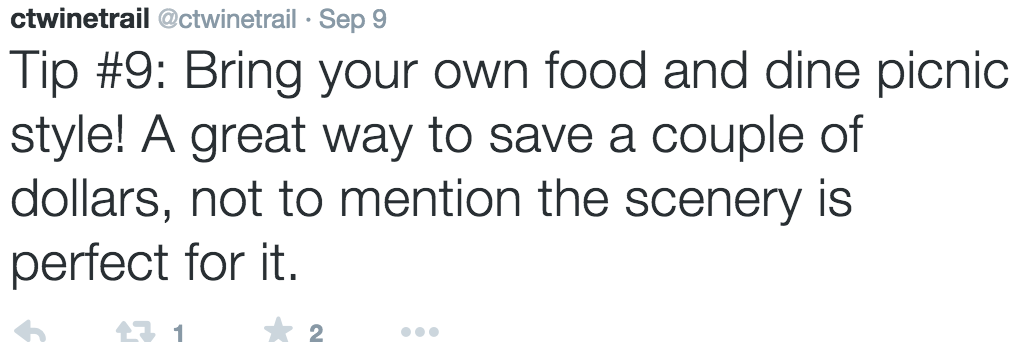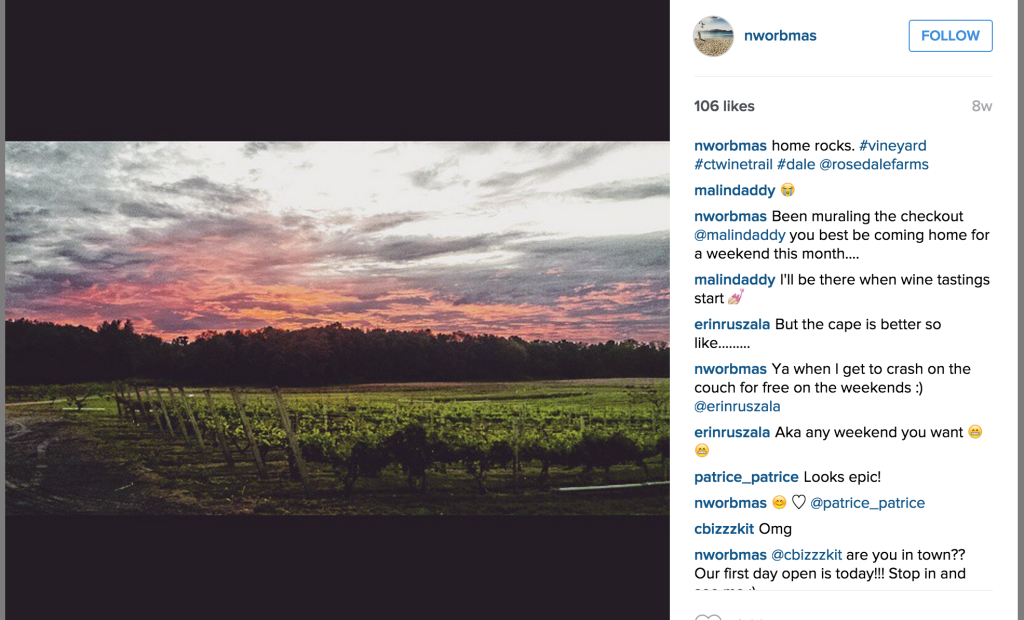Between Bordeaux and Beaujolais, and Champagne and Chablis, where does one even begin to get their facts straight about the vast world of French wine? With so much to know about the world’s most prestigious wine country, who has the time to learn it all?
Fear not… the following 10 facts will take you from newbie to at least a novice in just a few minutes.
10. French Wine is Known to Be the Benchmark For Which All Great Wines Are Compared
Many people know that France is considered to be the among the worldwide leaders of fine cuisine, but in the wine world, they are also used as the benchmark to which most fine wines are judged.
9. The French Invented the Term “Terroir”
The term terroir is defined as “the environmental conditions, especially soil and climate, in which grapes are grown and that give a wine its unique flavor and aroma.” It was coined by the French when they discovered that wine expresses a specific quality relative to its geographical place of growth.
8. Thank Your Local Clergymen For Your Favorite Beverage
Back in the day, most of the vines and vineyards were owned and tended to by the Catholic church and monasteries. Today, when we want to celebrate a major victory by our favorite sports team, or when we feel the urge to splurge on an expensive bottle to impress a hot date, we know who to call… our old buddy, Dom Pérignon.
But what many people do not know, is that Pérignon was a monk that was a pioneer of wine making techniques, many of which are still used today.
7. Wine Fraud is a Thing
Back in the early 1900’s so many people were trying to pawn off cheap wine as more expensive wine, that the French decided to make an entire system of wine rules and laws to try to regulate all the wine being produced (more on that system later).
6. France is First Among Wine Producing Countries
France produces approximately 8 billion bottles of wine each year, making it the leading producer of wine in the world.
5. France is Divided Into Three Parts
Both climatically and geographically, France is divided into 3 parts; Northern France, Southern France, and the Atlantic Coast. Each region has its own unique terroir, grape varietals and identity.
4. A Plant Eating Insect Almost Single-Handedly Ruined All French Wine
Back in 1860, a microscopic insect called Phylloxera nearly destroyed the entirety of France’s vineyards. Thankfully, however, the good ole’ USA stepped in and saved the day by offering our Phylloxera resistant root stock to graft their ailing grape vines onto. Still today, many of France’s wine regions are half of their original size before the outbreak.
3. There Are Six Big Players in French Wine
While the exact number may be debatable, there are anywhere between six and nine major wine regions in France. However, it is undeniable that the following six regions are the key players in France’s wine game…
- Bordeaux
- Burgundy
- Champagne
- The Loire Valley
- The Rhone Valley
- Alsace
Some of the other regions that many may consider to be key players are Languedoc-Roussillon and Provence. Also, there is the age-old debate of whether Beaujolais is part of Burgundy, or its own entity.
2. The Forming of the AOC Changed the Wine Game Forever
The French developed a set of laws and regulations called the Appellation d’Origine Contrôlée (AOC) designed to uphold the standards t
1. France Loves Ranking Things Even More Than I Do
Back in 1855 Napoleon III decided to unveil the mother of all rankings: The Médoc Classification of 1855. Based on wine reputation and prices, the best Chateaux were ranked from 1st to 5th Growths (Cru).
This classification has remained in place ever since, with only one notable edit… Chateau Mouton-Rothschild, which was originally a second-growth and advanced to a first growth in 1973 after much persistence from Baron Rothschild himself.
